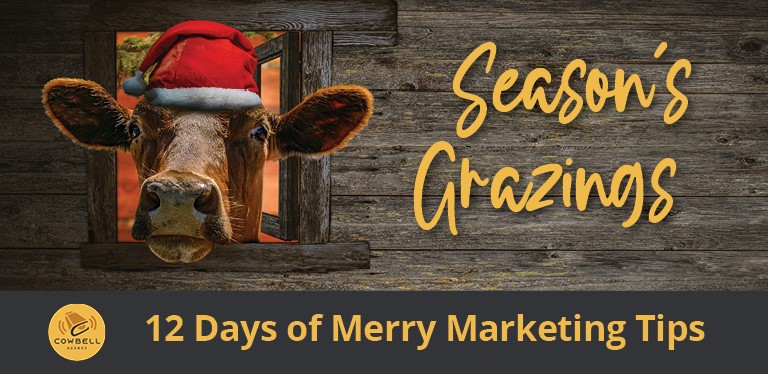
The Brave New World of Programmatic Targeting

The Brave New World of Programmatic Targeting

Adam Latham
The Cowbell Agency
In the ever-evolving landscape of digital advertising, the ability to precisely target audiences has made digital and even television advertising far more efficient and effective. Programmatic Advertising has revolutionized this space, allowing advertisers to reach potential customers with unprecedented accuracy. This blog will explore the various ways we can leverage different types of data to optimize audience targeting in digital advertising campaigns.
First-Party Demographic Data
First-party data, collected directly from your audience, provides invaluable insights into who your customers are. This data includes age, gender, income, education level, and more. But that really only scratches the surface of the demographic data we can now leverage. There are more than a thousand different data points, from types of cars, roof type, size of garage, swimming pool, age of home, residency length, equity in homes, credit ratings, levels of expendable income, hobbies and interests, occupations, and job titles. By analyzing this information, advertisers can create highly personalized campaigns that resonate with specific demographic groups.
Third-Party Behavioral Data
Third-party data providers offer behavioral data that tracks users’ online activities, such as their browsing history, past purchases, and interests. This data enables advertisers to target users based on their demonstrated behaviors and interests. For instance, if a user frequently visits websites related to fitness and wellness, they can be targeted with ads for health supplements or gym memberships. But again, it goes much deeper than that. Let’s say you have an ecommerce site that sells sporting equipment. Instead of sending ads to everyone with an interest in sporting equipment, you could limit it to only those who have previously purchased sporting equipment online.
Geo-Fencing
Geo-fencing is a powerful tool that allows advertisers to target audiences based on their physical location. By setting up virtual boundaries around specific geographic areas, advertisers can deliver ads to users within those boundaries. This technique is particularly useful for local businesses or events. For example, a campaign could target users attending a music festival or a sporting event by setting up a geo-fence around the venue.
Keyword Contextual Data
Keyword contextual targeting involves displaying ads on web pages that contain specific keywords relevant to the advertiser’s product or service. This method ensures that the ads are shown to users who are likely interested in the content they are viewing. For example, an outdoor gear retailer could target ads on pages discussing hiking or camping.
Online Behavior
Analyzing online behavior, such as search queries, social media interactions, and website visits, allows advertisers to understand users’ interests and intent. This data can be used to create more relevant ad experiences. For example, if a user frequently searches for travel destinations, they could be targeted with ads for flights or hotel deals.
Case Study: The Cowbell Agency’s Campaign for the Orange County Drug Free Coalition
At The Cowbell Agency, we recently executed a highly targeted campaign in collaboration with We Are Kymera, an Orlando-based agency, for the Orange County Drug-Free Coalition. The goal of this campaign was to reach an at-risk audience of young adults with a strong, impactful message.
To achieve this, we employed a multi-layered targeting strategy that combined several advanced techniques:
- Demographic Targeting: We focused on middle to high-income communities where young adults are present in the home, ensuring that our message reached the right demographic.
- Geo-Fencing: We set up geo-fences around locations frequented by our target audience, such as concerts, nightclubs, and university campuses. Additionally, we employed a unique approach by geo-fencing specific urban areas and parks during late evening and early morning hours. Again, the goal here is two-fold: 1) find your audience, and 2) increase the cost-efficiency by eliminating waste. If we geo-fenced the downtown areas all day, we would put hundreds of thousands of individuals into the audience.
This comprehensive targeting strategy allowed us to deliver over a million ad impressions to the at-risk audience with minimal wasted exposure.
Multi-Channel Saturation
-
Connected Streaming Television (CTV)
-
Mobile Device Streaming Television (OTT)
-
Device Channels for Mobile Phones and Tablets
-
Website Pre-Roll Video Ads
-
In-App Video and Display Ads
-
In-Browser Display Ads















